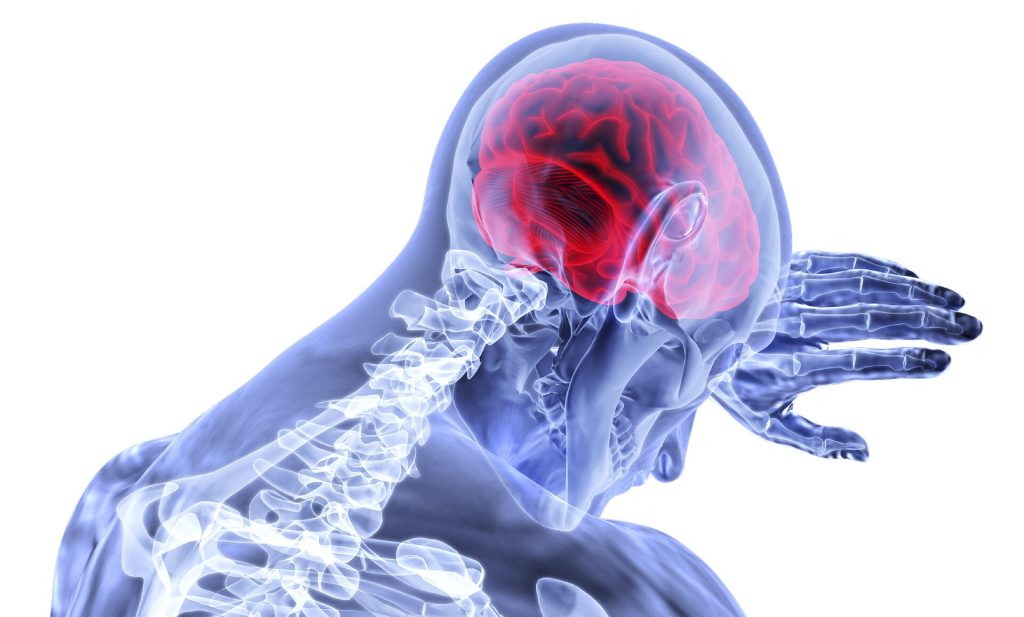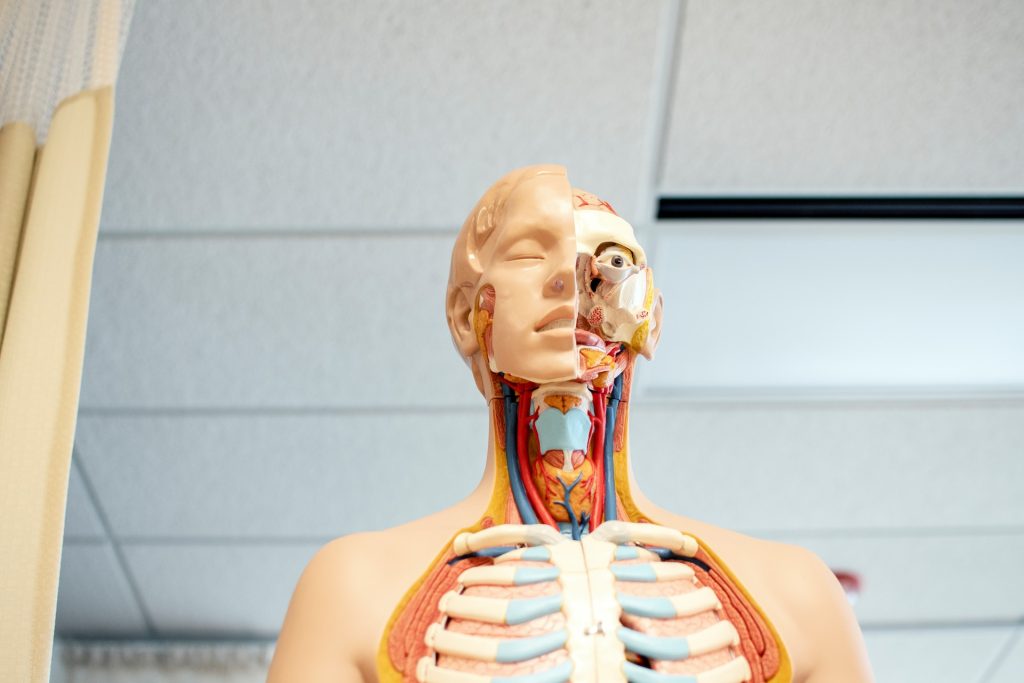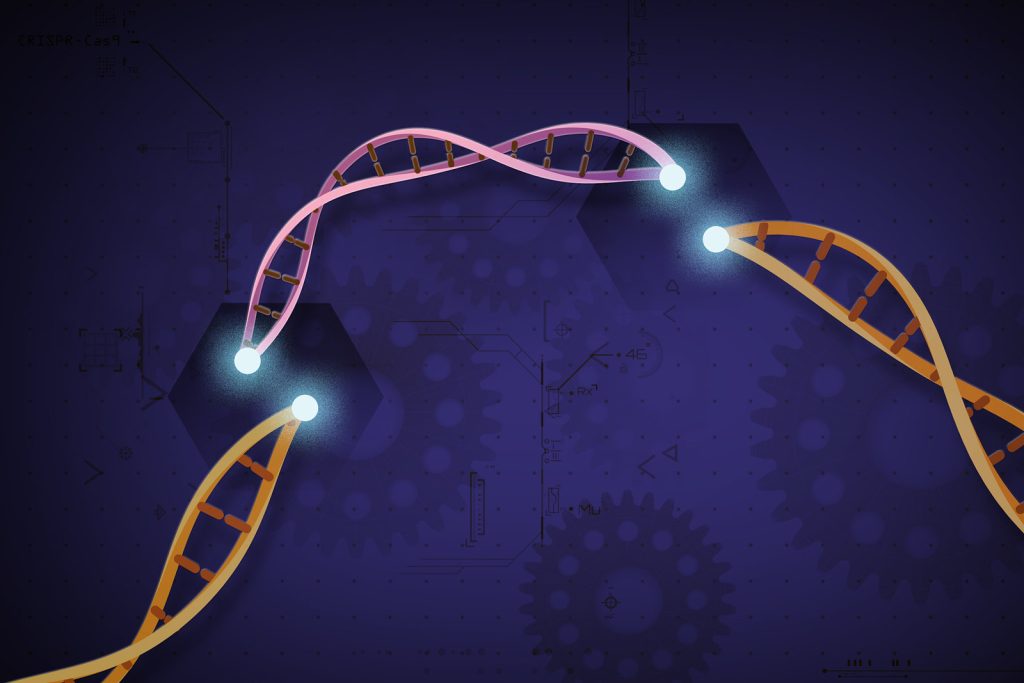Fathers Who Smoked as Young Teens Pass Epigenetic Changes to Offspring

A new study suggests boys who smoke in their early teens risk damaging the genes of their future children, increasing their chances of developing asthma, obesity and low lung function.
This research, published in Clinical Epigenetics, is the first human study to reveal the biological mechanism behind the impact of fathers’ early teenage smoking on their children.
Researchers from the University of Southampton and the University of Bergen in Norway investigated the epigenetic profiles of 875 people, aged 7 to 50, and the smoking behaviours of their fathers.
They found epigenetic changes at 19 sites mapped to 14 genes in the children of fathers who smoked before the age of 15. These changes in the way DNA is packaged in cells (methylation) regulate gene expression (switching them on and off) and are associated with asthma, obesity and wheezing.
“Our studies in the large international RHINESSA, RHINE and ECRHS studies have shown that the health of future generations depends on the actions and decisions made by young people today – long before they are parents – in particular for boys in early puberty and mothers/grandmothers both pre-pregnancy and during pregnancy,” says Professor Cecilie Svanes from the University of Bergen and Research Director of the RHINESSA study. “It is really exciting that we have now been able to identify a mechanism that explains our observations in the cohorts.”
‘Unique markers’
“Changes in epigenetic markers were much more pronounced in children whose fathers started smoking during puberty than those whose fathers had started smoking at any time before conception,” says co-lead author of the paper Dr Negusse Kitaba, Research Fellow at the University of Southampton. “Early puberty may represent a critical window of physiological changes in boys. This is when the stem cells are being established which will make sperm for the rest of their lives.”
The team also compared the paternal preconception smoking profiles with people who smoked themselves and those whose mothers smoked before conception.
“Interestingly, we found that 16 of the 19 markers associated with fathers’ teenage smoking had not previously been linked to maternal or personal smoking,” says Dr Gerd Toril Mørkve Knudsen from the University of Bergen and co-lead author of the study. “This suggests these new methylation biomarkers may be unique to children whose fathers have been exposed to smoking in early puberty.”
Teenage vaping ‘deeply worrying’
The number of young people smoking has fallen in the UK in recent years. But co-author Professor John Holloway, from the University of Southampton and the NIHR Southampton Biomedical Research Centre, is concerned about children taking up vaping.
“Some animal studies suggest that nicotine may be the substance in cigarette smoke that is driving epigenetic changes in offspring,” says Professor Holloway. “So it’s deeply worrying that teenagers today, especially teenage boys, are now being exposed to very high levels of nicotine through vaping.
“The evidence from this study comes from people whose fathers smoked as teenagers in the 60s and 70s, when smoking tobacco was much more common. We can’t definitely be sure vaping will have similar effects across generations, but we shouldn’t wait a couple of generations to prove what impact teenage vaping might have. We need to act now.”
The new findings have significant implications for public health. They suggest a failure to address harmful exposures in young teenagers today could damage the respiratory health of future generations, further entrenching health inequalities for decades to come.
Source: University of Southampton





